Lee
and Karen Duquette,
The Two RV Gypsies: Full-Time RVers
visited the amazing Grotto of the Redemption
and left a Rose for Brian Duquette
West Bend, Iowa
September 23, 2009
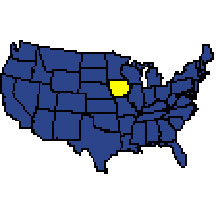
|
Lee
and Karen Duquette, |
| The Grotto of the Redemption is the life work of Fr. Paul Dobberstein a Catholic Priest (1872-1954). For a decade, he gathered rocks and precious stones from around the world and began construction in 1912. For 42 years, he created hundreds of intricate rock settings that form the walls and ceilings of this Grotto. Matt Szerence, a parishioner, and Fr. Louis Greving, the next Catholic pastor in West Bend, worked side-by-side with Fr. Dobberstein and furthered the work after his death. |
Statue of Fr. Dobberstein, erected in 1992,
to commemorate the 80th anniversary of |
|
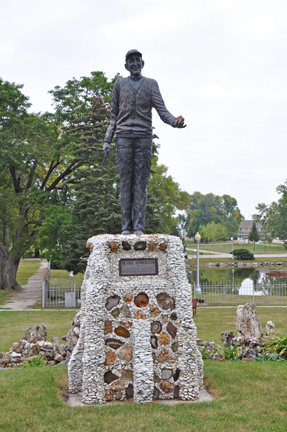 |
|
| This is the largest grotto in the world. It has 9 separate grottoes, each depicting a scene in the life of Jesus of Nazareth. The Grotto is listed on the National Register of Historic Places. | |
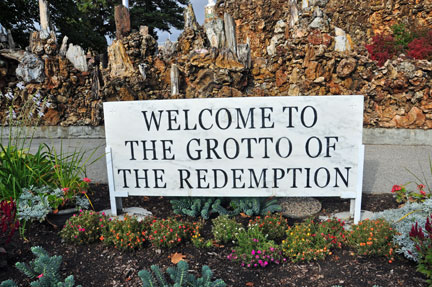 |
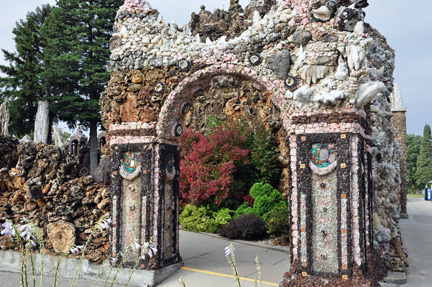 |
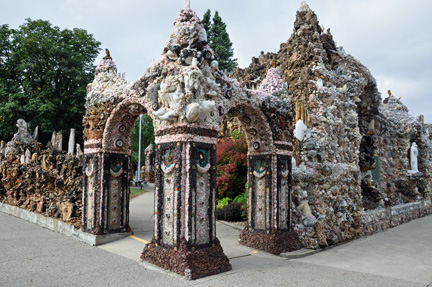 |
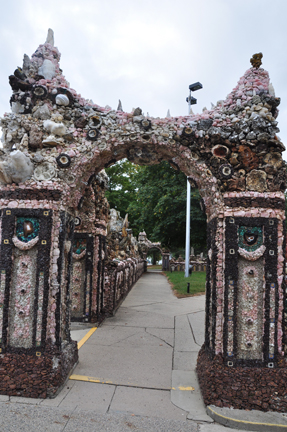 |
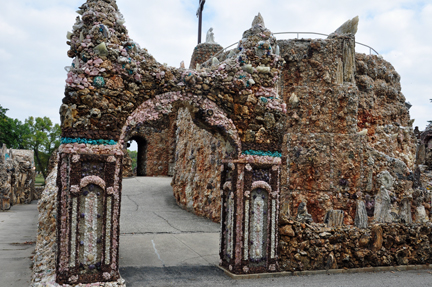 |
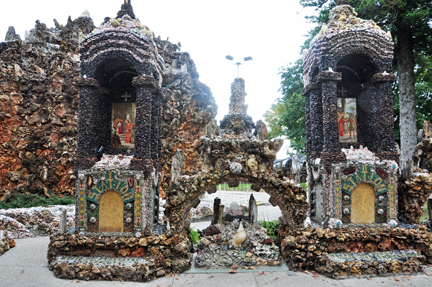 |
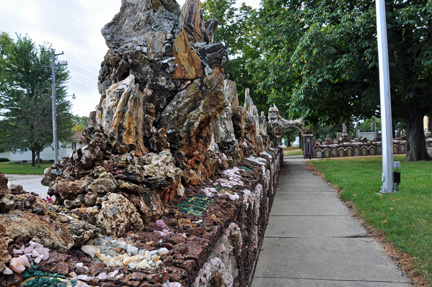 |
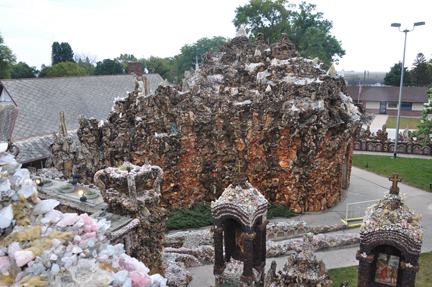 |
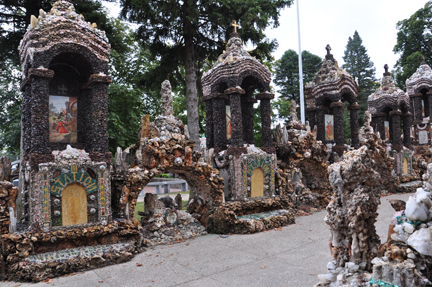 |
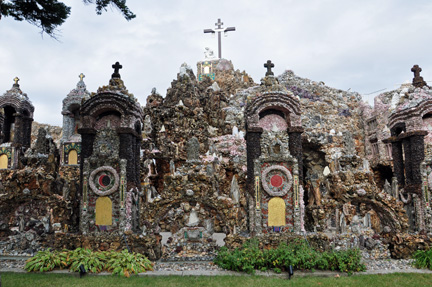 |
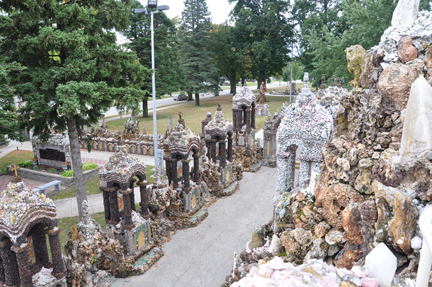 |
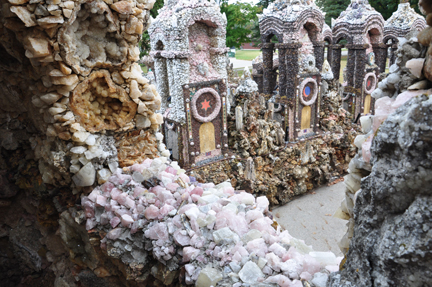 |
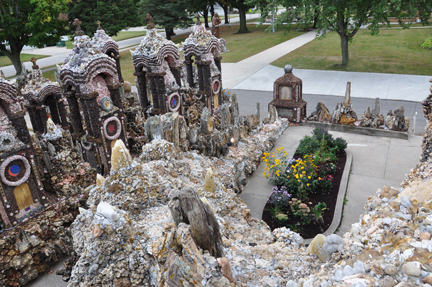 |
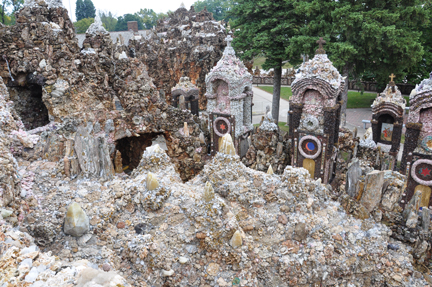 |
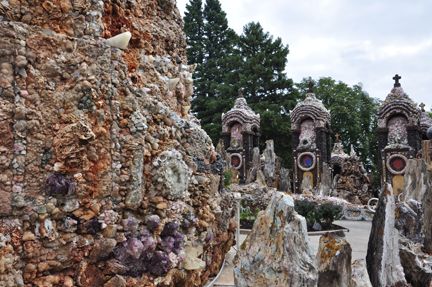 |
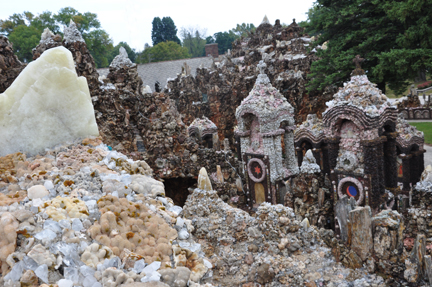 |
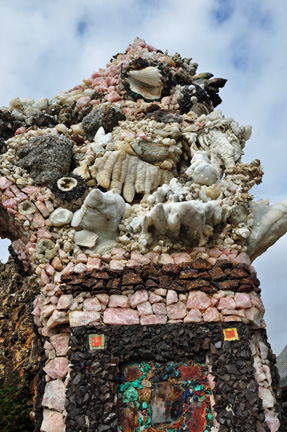 |
A CLOSE-UP OF THE COLUMN AT THE LEFT 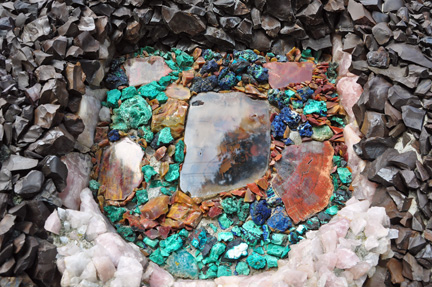
|
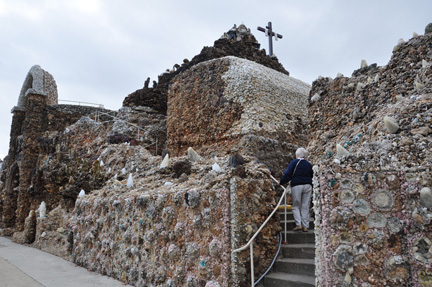 |
|
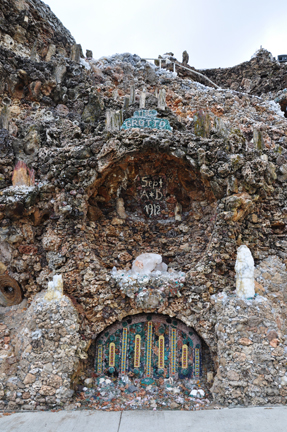 |
|
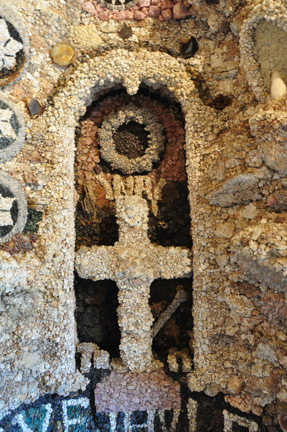 |
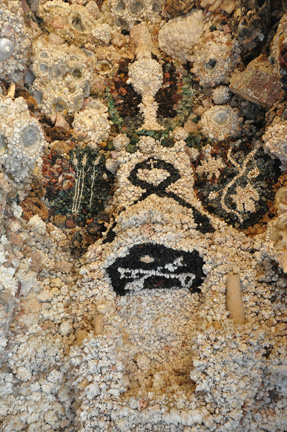 |
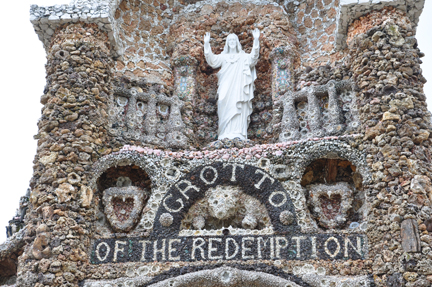 |
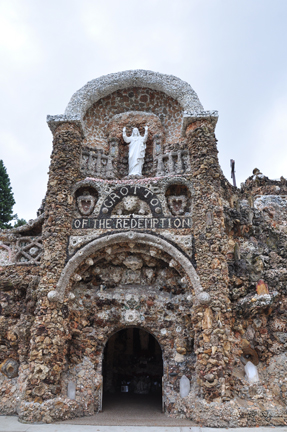 |
Below: Lee and Karen Duquette
came across an area with red roses dedicated to the loss of visitors loved
ones. |
|
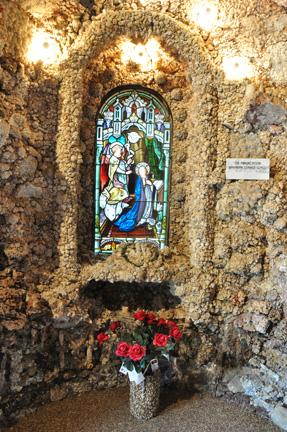 |
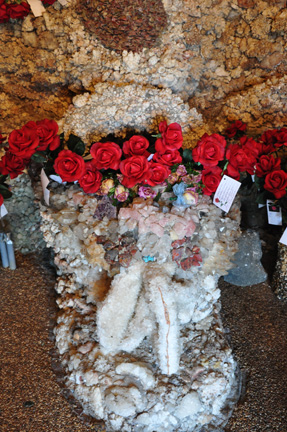 |
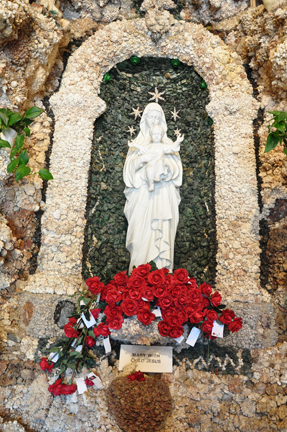 |
|
So Karen and Lee Duquette
bought a rose for their beloved son Brian Duquette, who resides in Heaven.
|
|
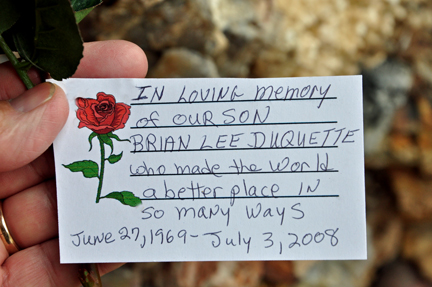 |
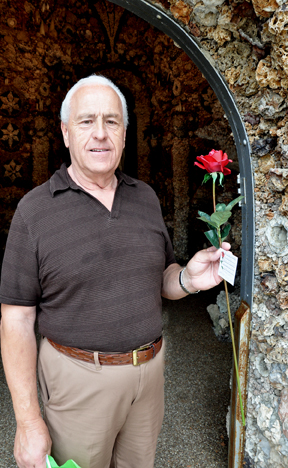 |
 The
rose and card in loving memory of Brian Lee
Duquette The
rose and card in loving memory of Brian Lee
Duquette |
|
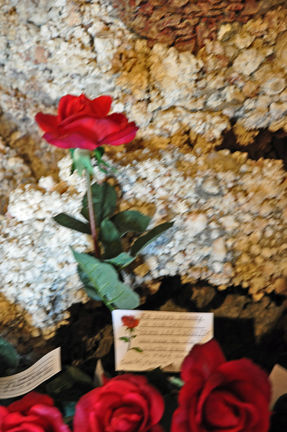 |
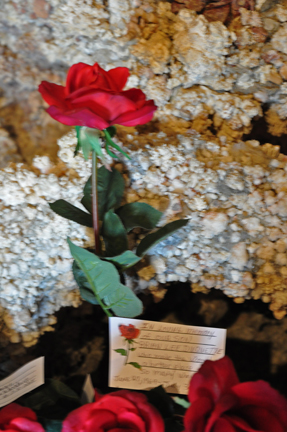 |
Below: The tall rose sticking
up in the middle is in loving memory of Brian Duquette |
|
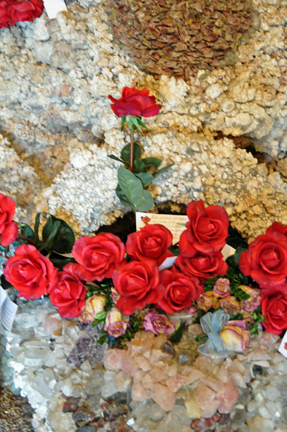 |
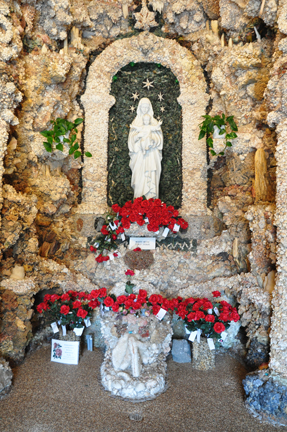 |
St. Michael, the Archangel - statue represents the conquest of good over evil. Here, good is St. Michael, the Archangel and evil is the devil being crushed under the foot of Michael. |
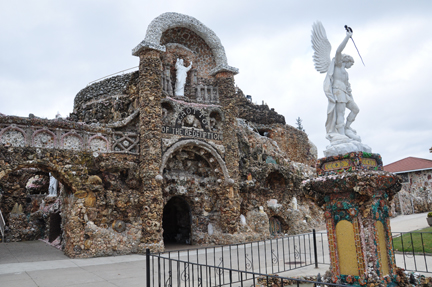 |
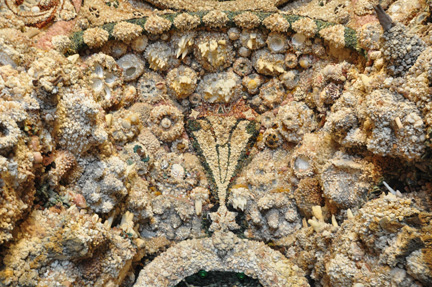 |
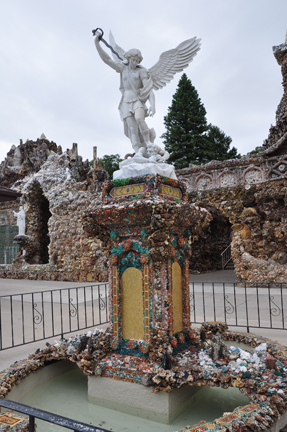 |
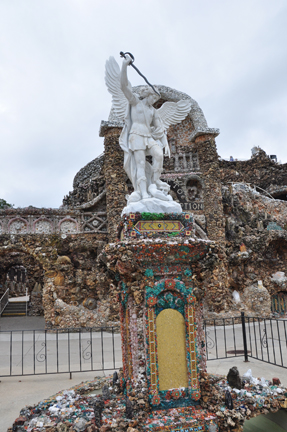 |
 |
 |
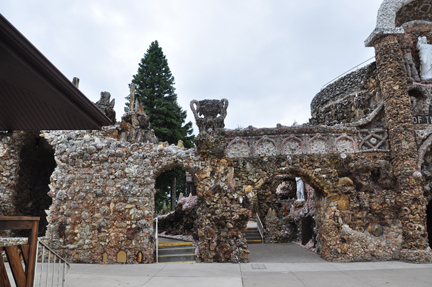 |
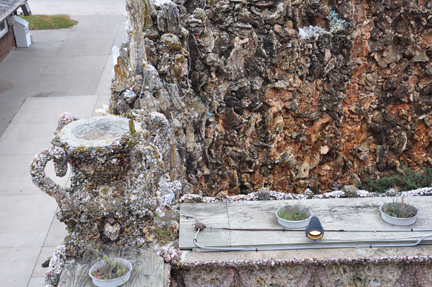 |
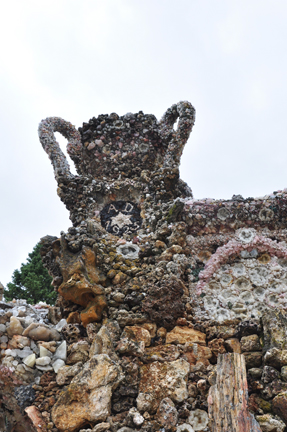 |
|
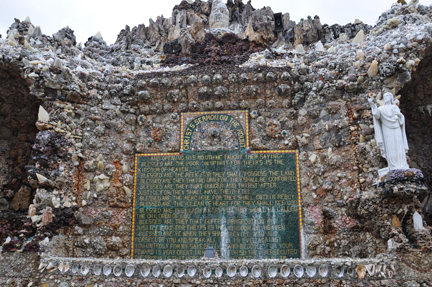 |
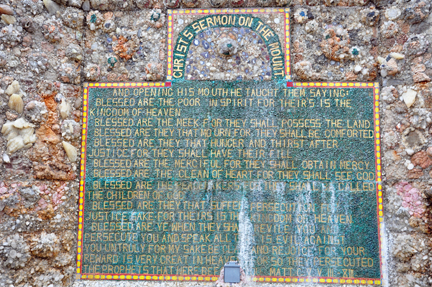 |
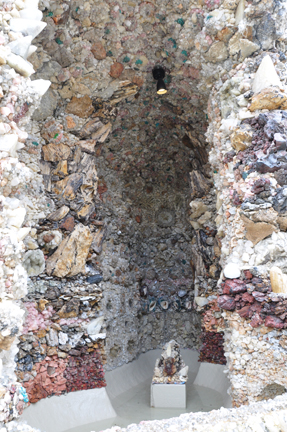 |
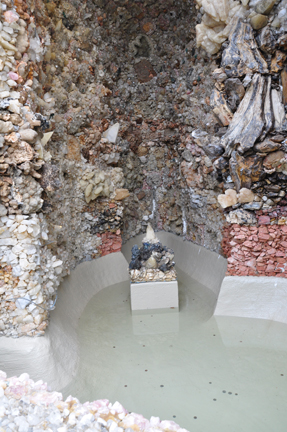 |
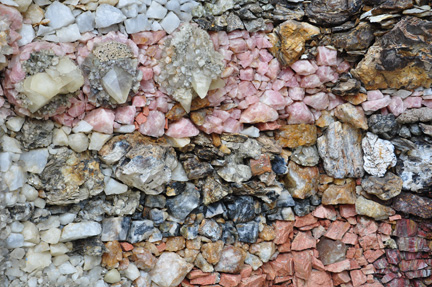 |
|
Below: Moses with the 10
Commandments |
|
| Here stands Moses giving to the world the Ten Commandments of God. A young man is asking Jesus through the 8-foot question mark on the ground, "Good Master, what good shall I do that I may have life everlasting?" Jesus answers him with the words on the wall, "If thou wilt enter into life - keep the commandments." | |
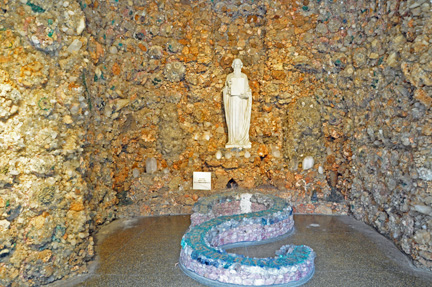 |
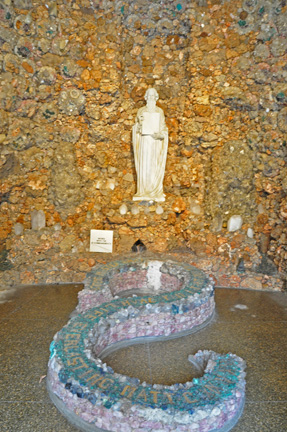 |
Below: This grotto contains
stalactites centered overhead with many rosettes, and rock clusters found
on the walls. |
|
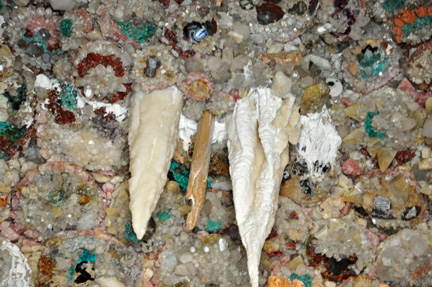 |
|
Below: 13th Station / Calvary |
|
| The statue on the 40-foot high mountain-like structure is similar to Michelangelo's Pieta which is in St. Peter's Basilica in Rome. It shows Mary holding the body of Christ after it was taken down from the cross. Beneath the cross is a 36-inch cross-section of petrified wood from Arizona. | |
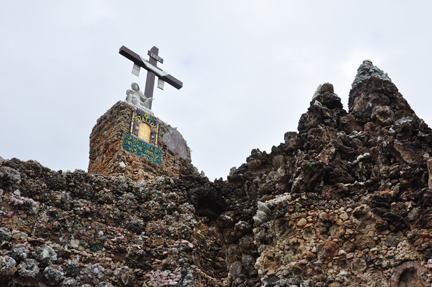 |
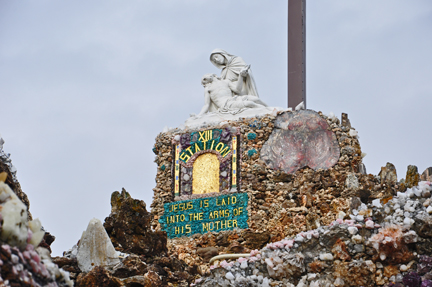 |
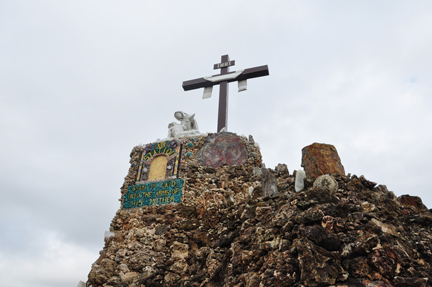 |
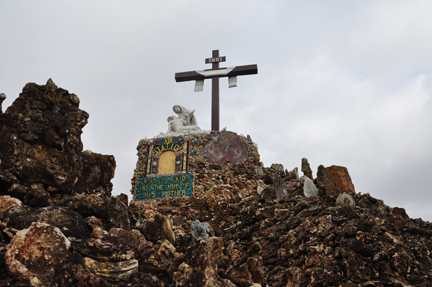 |
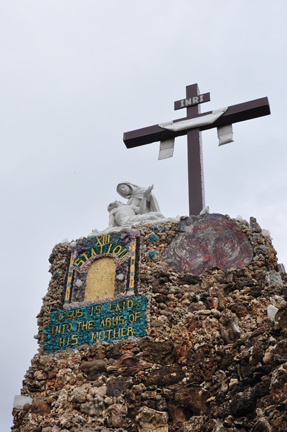 |
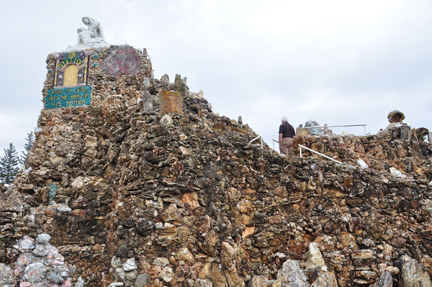 |
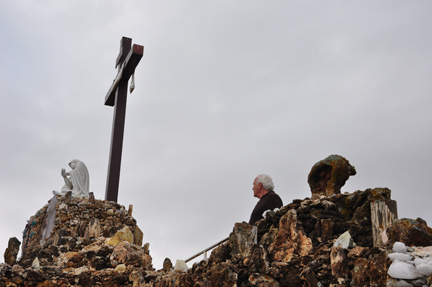 |
|
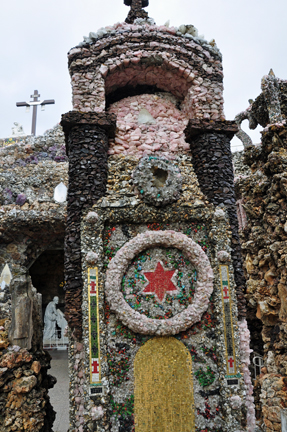 |
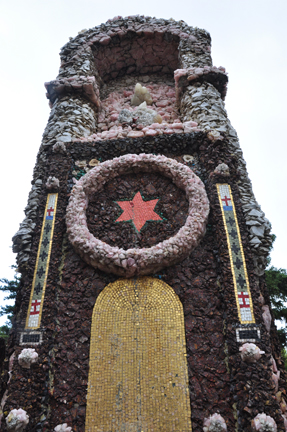 |
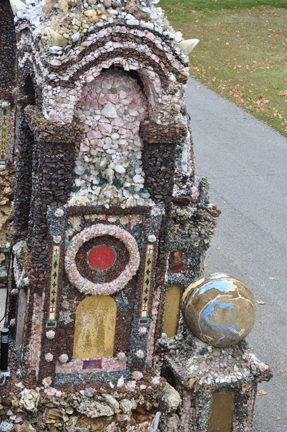 |
|
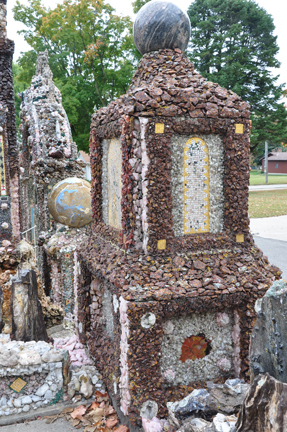 |
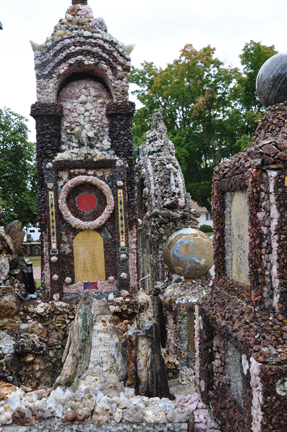 |
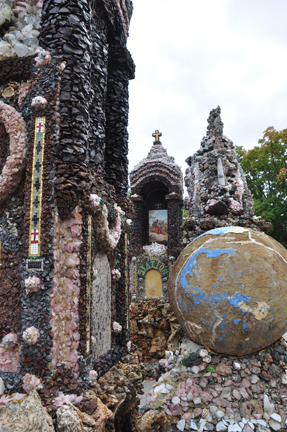 |
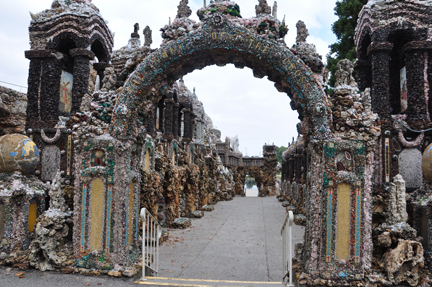 |
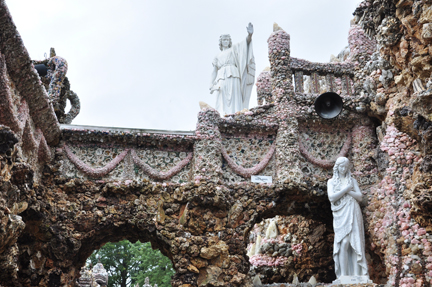 |
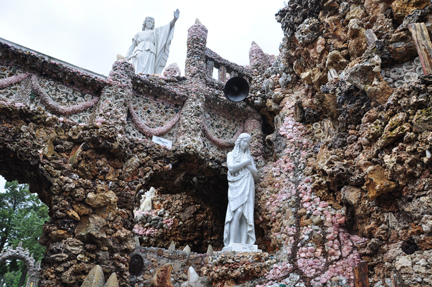 |
Below: A statue of our
Risen Savior with Mary Magdalen at His feet. |
|
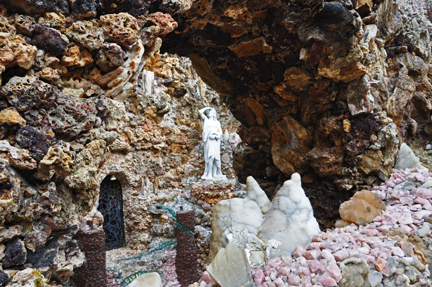 |
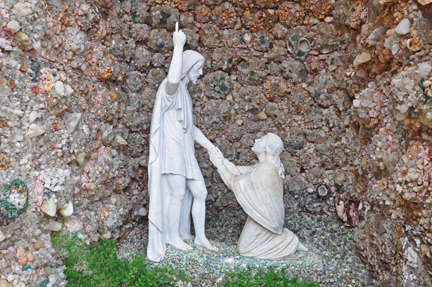 |
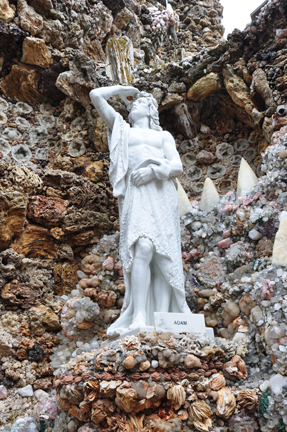 |
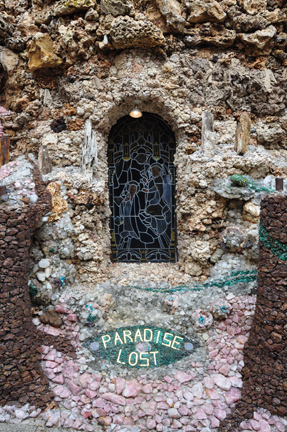 |
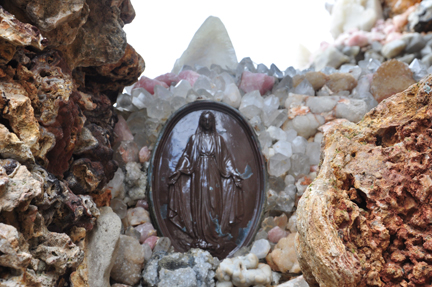 |
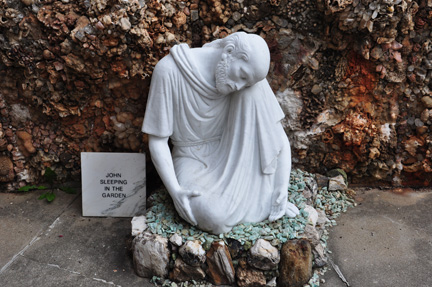 |
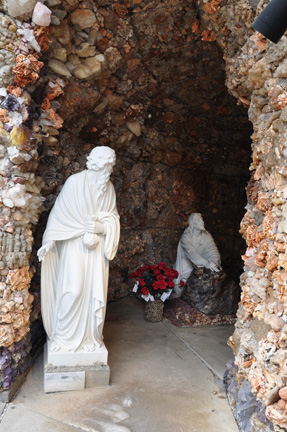 |
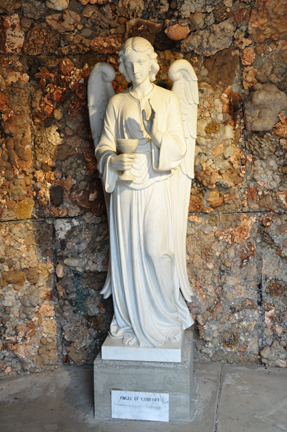 |
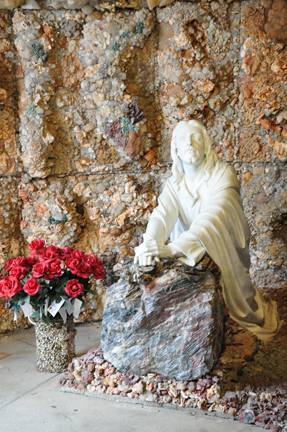 |
|
Below: Jesus Being Laid in the Tomb |
Greeting Angel - In
the Grotto of the Resurrection there is an empty tomb with an angel pointing
to the lid of the tomb on which is written: “He is risen, He is
not here.” |
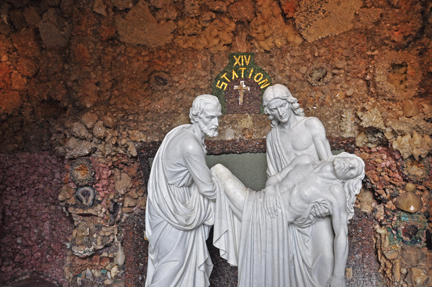 |
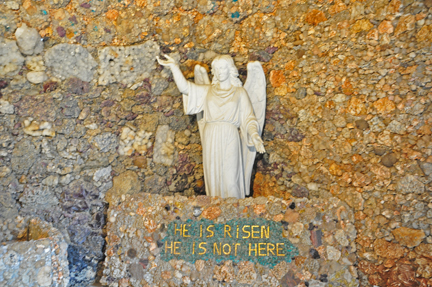 |
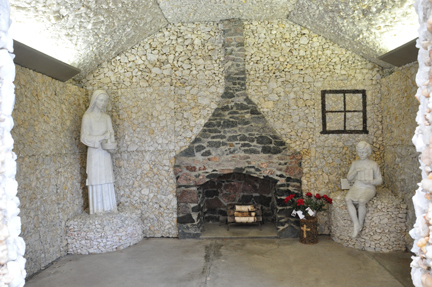 |
|
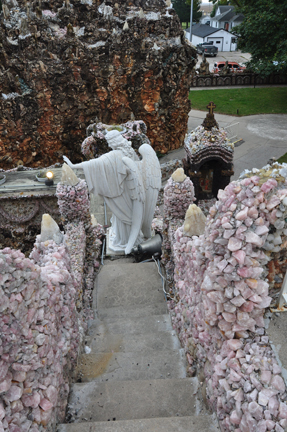 |
|
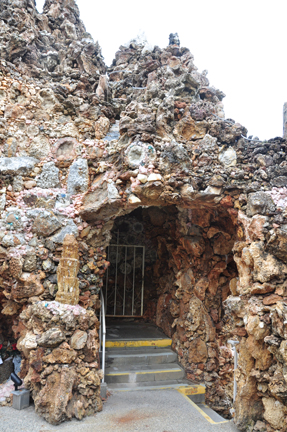 |
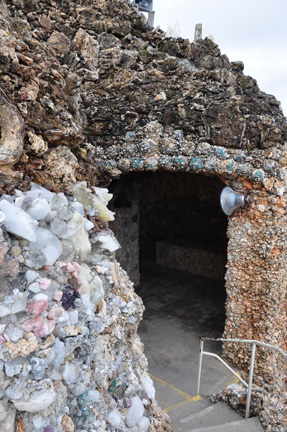 |
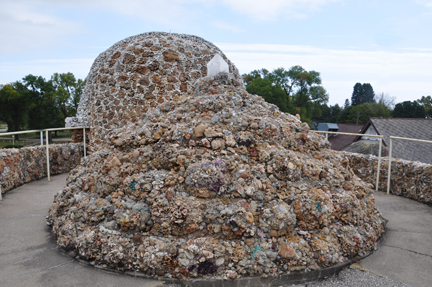 |
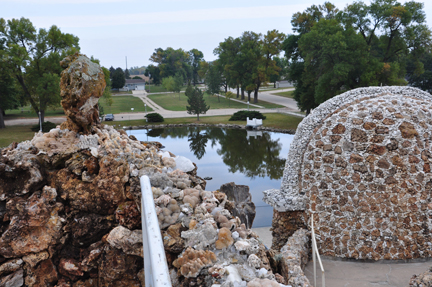 |
| Below: Stable in Bethlehem -This grotto is made of 65-tons of petrified wood from Montana and the Dakotas and shows the traditional manger scene of Mary, Joseph, and the baby Jesus. Fr. Greving erected this grotto in 1956 and the statuary arrived in the early 1970's/ | |
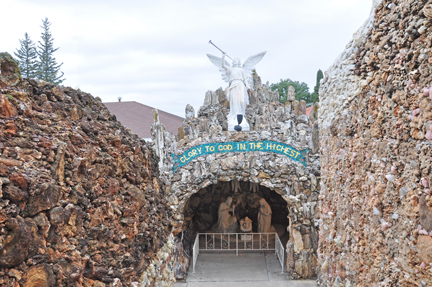 |
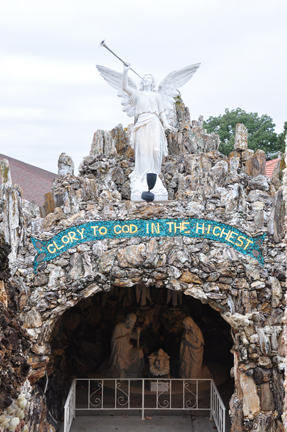 |
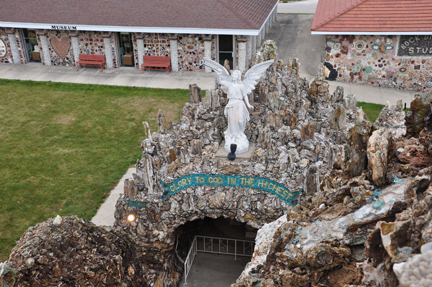 |
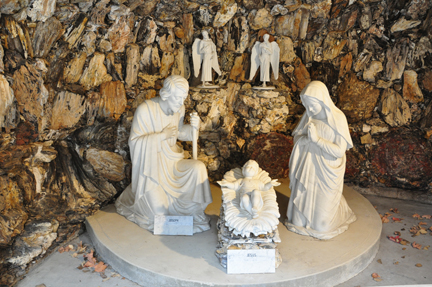 |
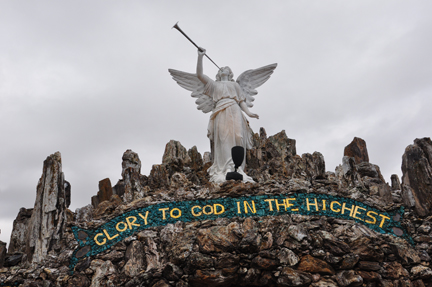 |
|
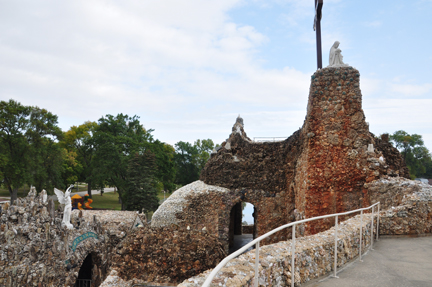 |
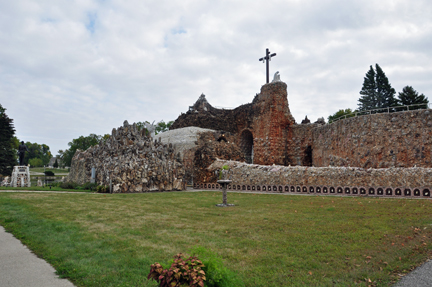 |
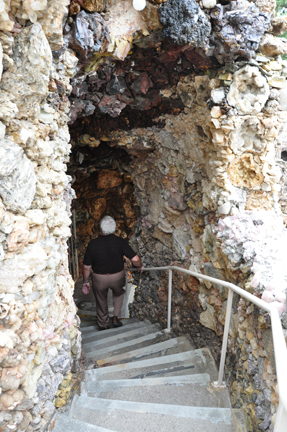 |
|
| Below: Just a few photos of the many intricate rock and shell settings that form the walls and ceilings of this Grotto. | |
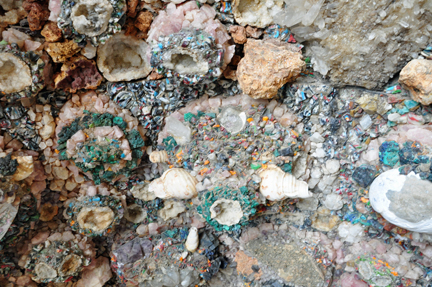 |
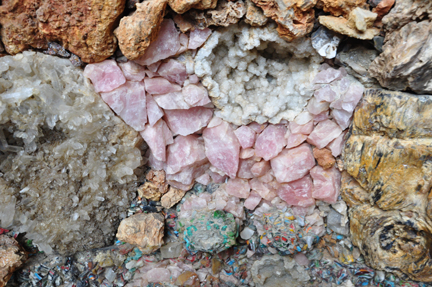 |
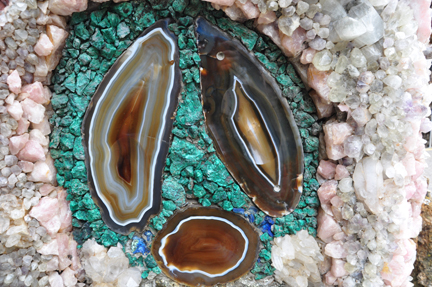 |
 |
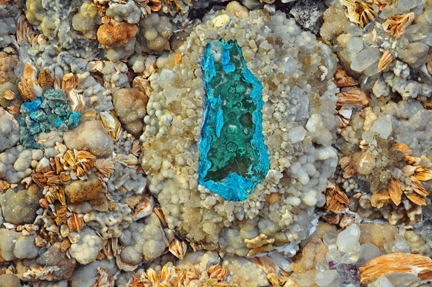 |
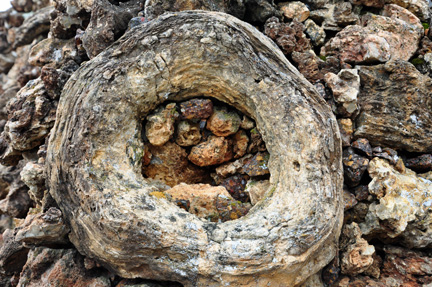 |
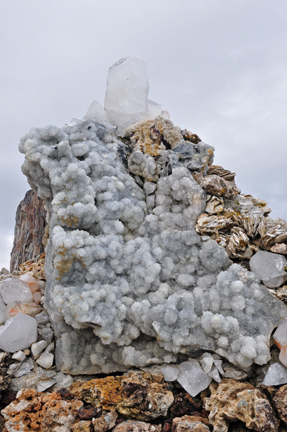 |
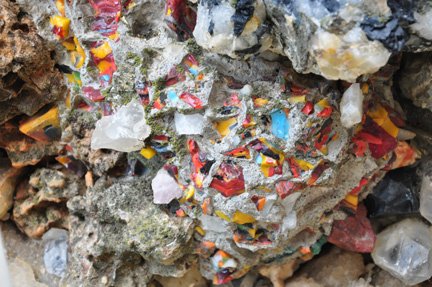 |
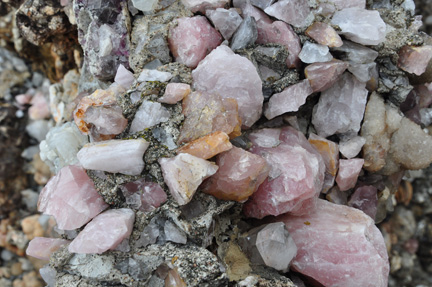 |
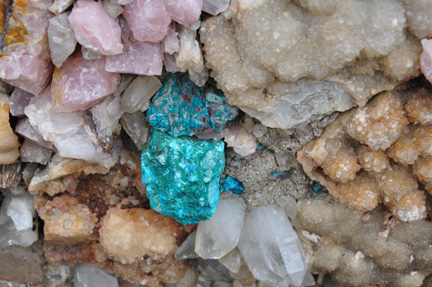 |
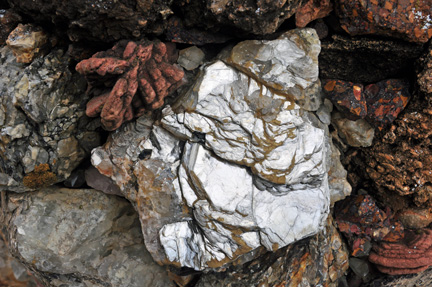 |
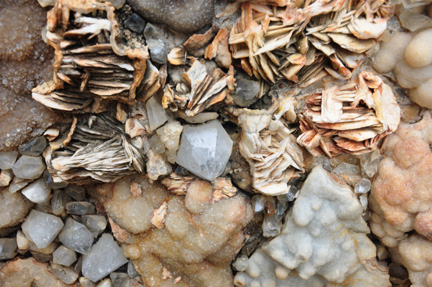 |
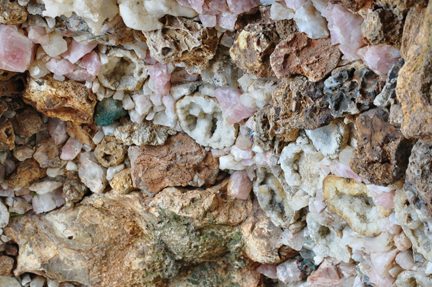 |
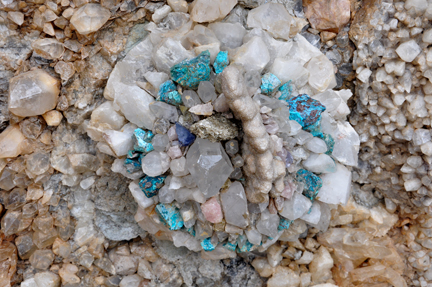 |
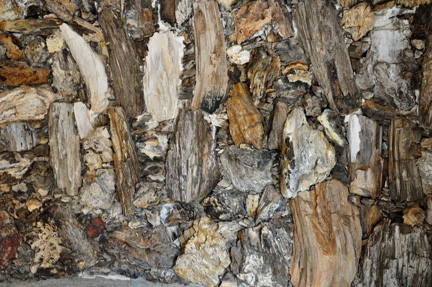 |
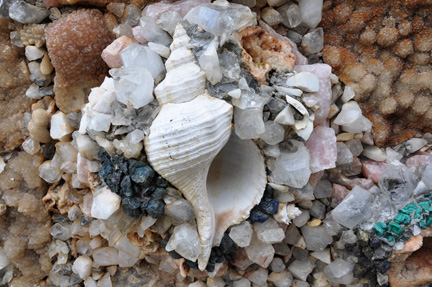 |
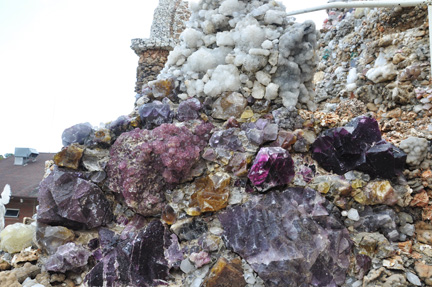 |
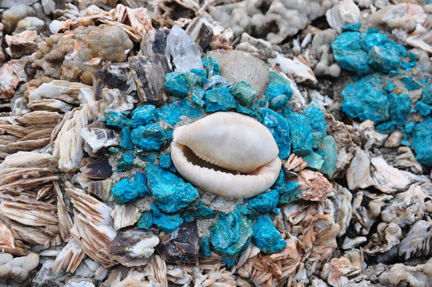 |
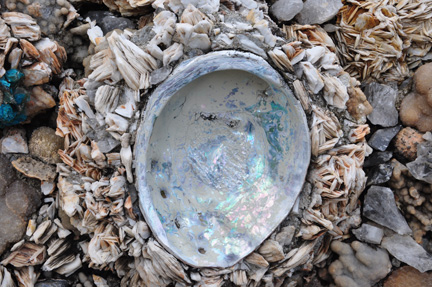 |
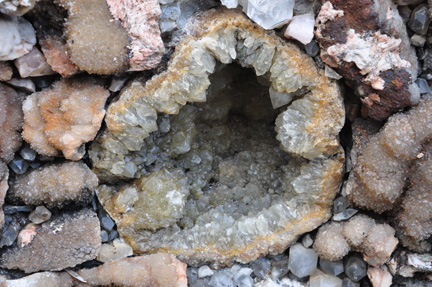 |
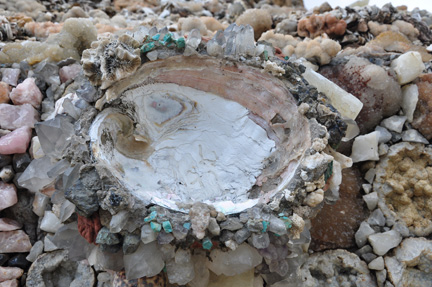 |
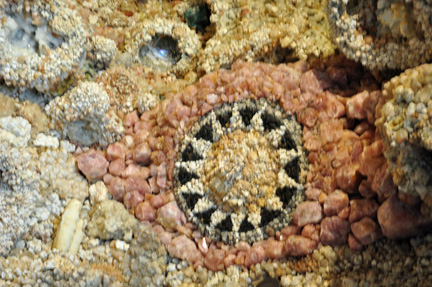 |
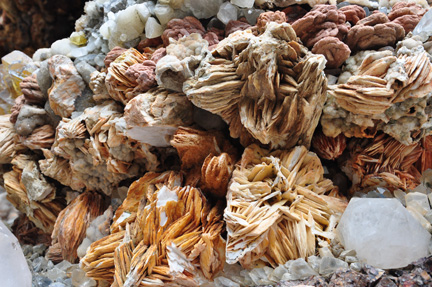 |
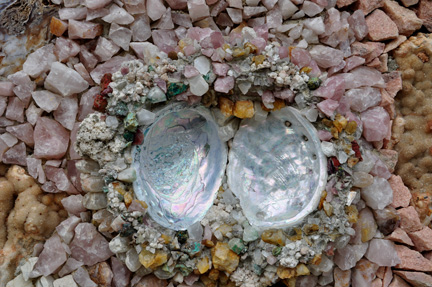 |
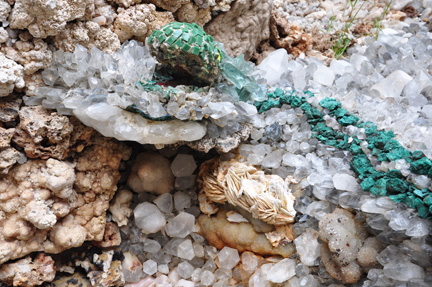 |
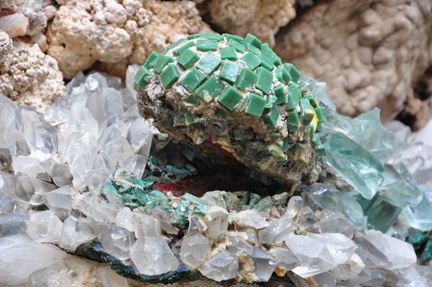 |
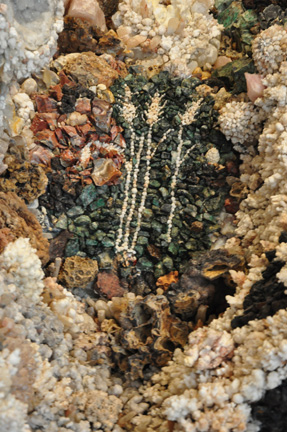 |
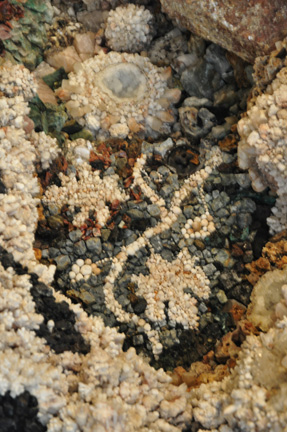 |
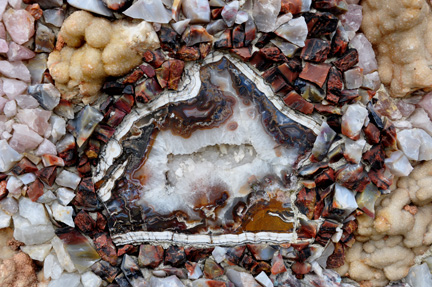 |
|
Below: Some of the arches on the museum behind the Grotto - built by Fr. Greving in the 60's and 70's. The exterior walls are done in polished agates from all over the world. It took 16-years of cutting and polishing on these agates alone. |
|
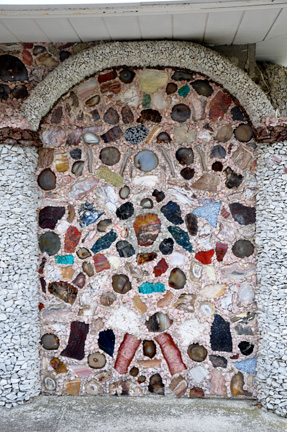 |
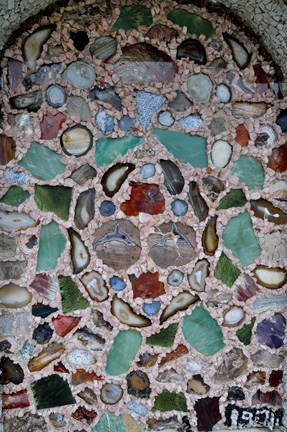 |
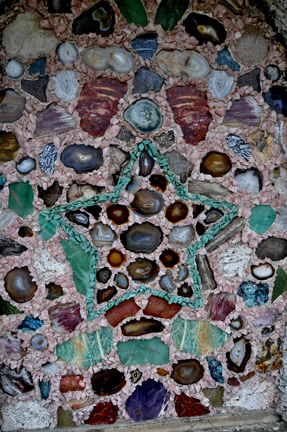 |
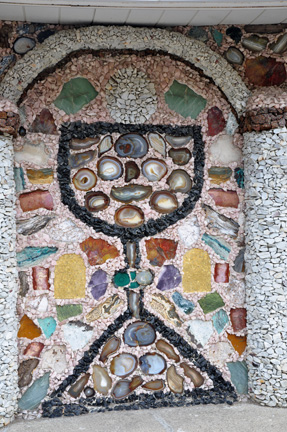 |
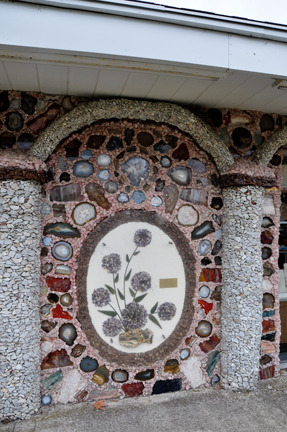 |
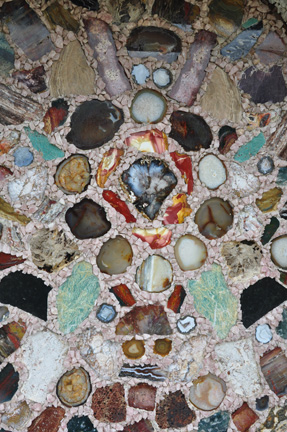 |
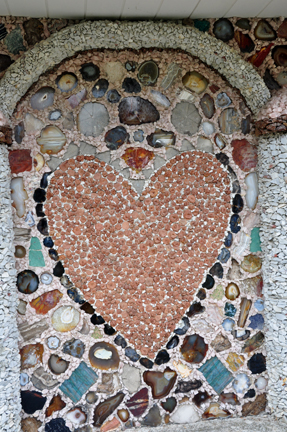 |
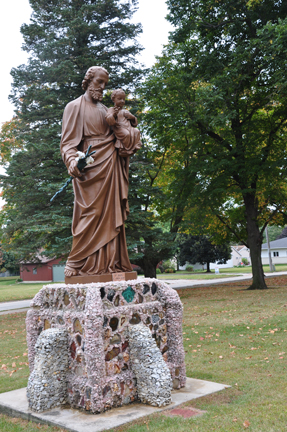 |
Below: Sts.
Peter and Paul's Catholic Church and a waterless fountain in front of
the Church. |
|
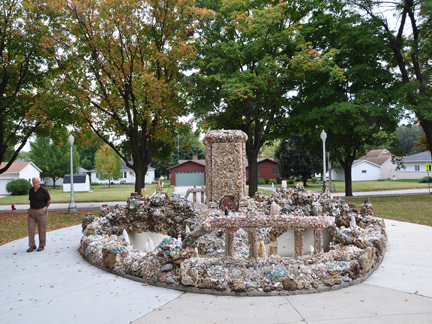 |
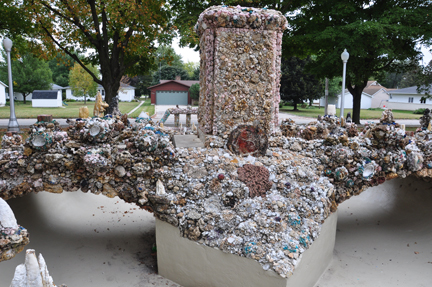 |
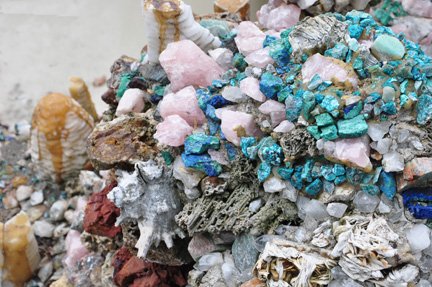 |
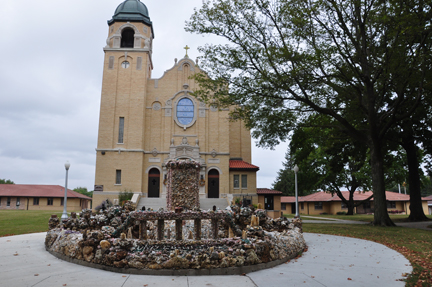 |
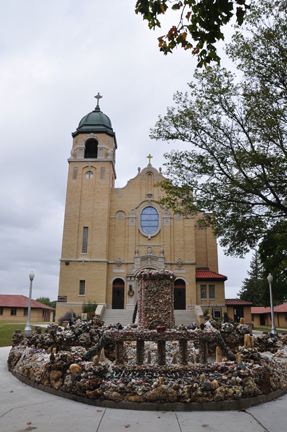 |
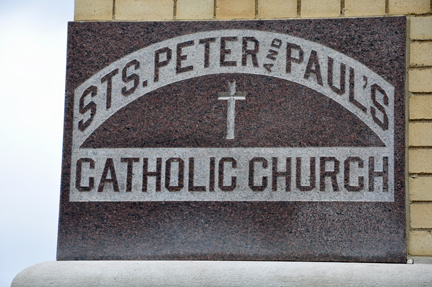 |
| Below: The Christmas Chapel, built in 1927, and located inside Sts. Peter and Paul Catholic Church, this grotto represents the birthplace and the Nativity of Our Divine Savior. Specimens that Fr. Dobberstein considered too delicate to withstand the weather and changing seasons were incorporated into this grotto. Of particular note is the 300 pound Brazilian Amethyst inset in the wall above the Christ child. | |
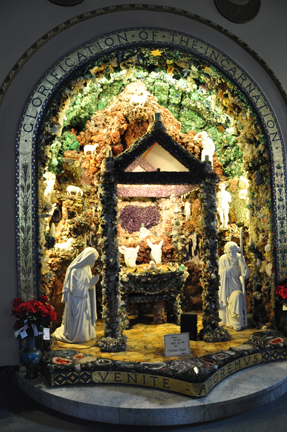 |
|
Below: A few of the beautiful
flowers in front of the Grotto |
|
 |
 |
 |
|
 |
ORContinue Navigation in the order of your choice |
|||||

|
|||||
      |
|||||
      |
|||||
      |
|||||
      |
|||||